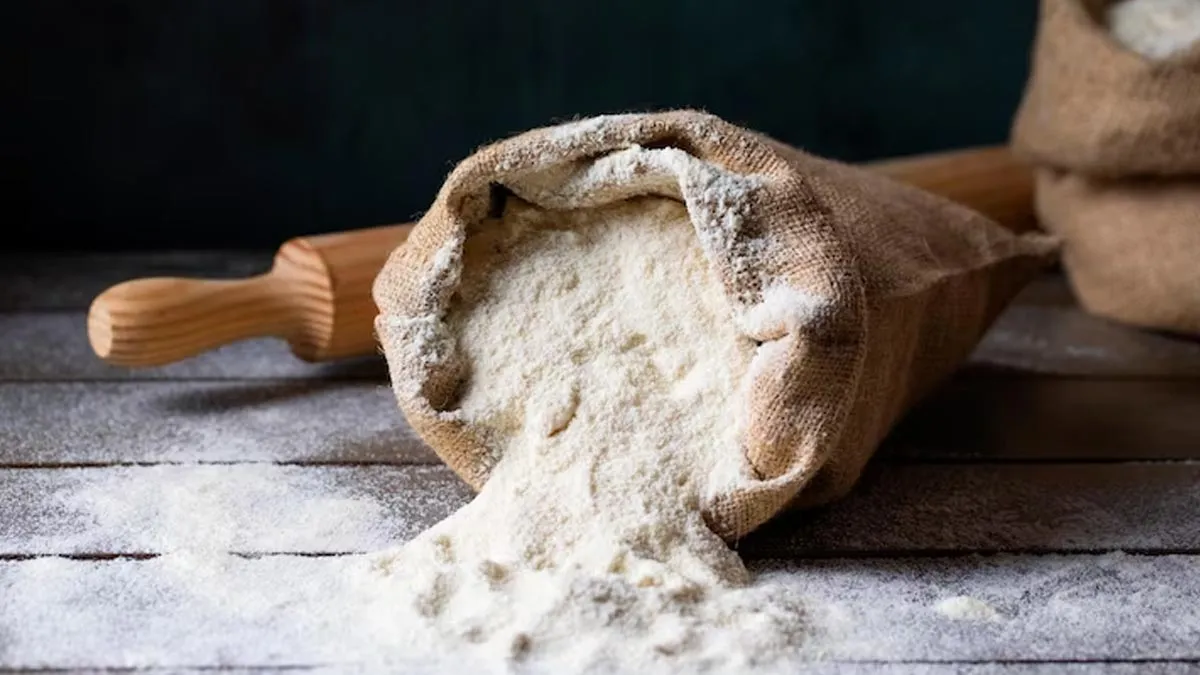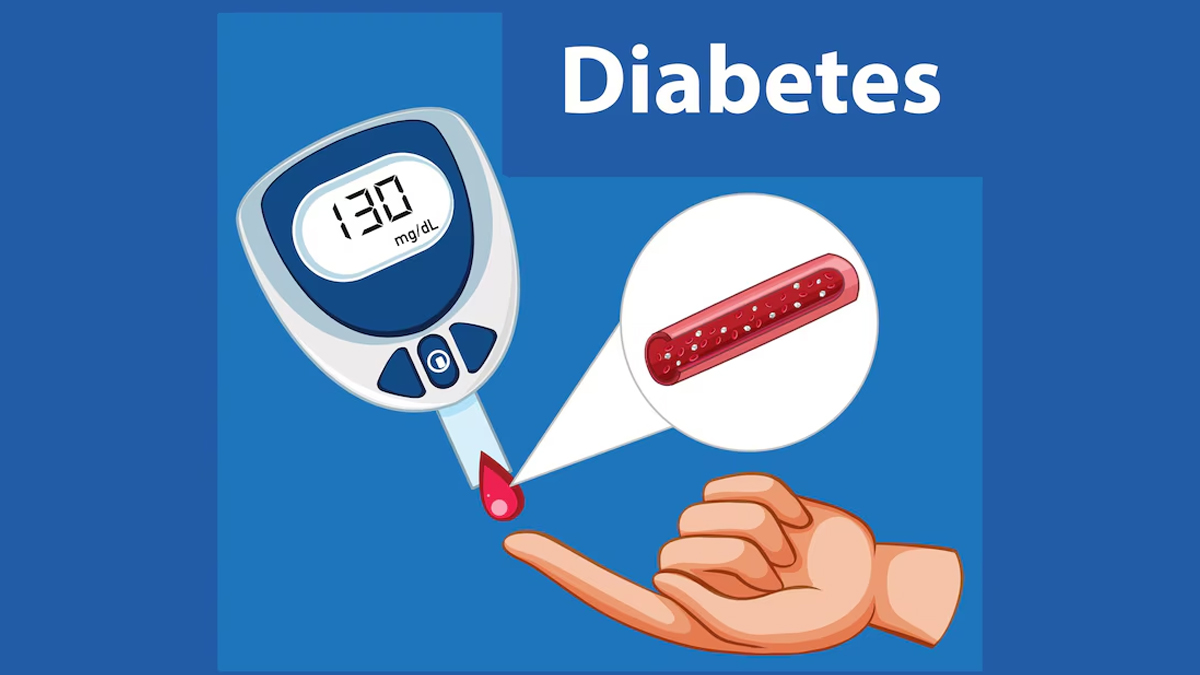
Roti is a common food in most Indian homes, and is frequently a source of worry for diabetics. Many people believe that because roti is primarily made from wheat, a carbohydrate-rich grain, it can lead to significant spikes in blood sugar levels, making it a food to be avoided by diabetics. Contrary to this popular belief, diabetics can consume roti without any harm, provided they pay attention to the flour type, the quantity consumed, and with what it is eaten.
Table of Content:-
What Is The Effect Of Roti On Blood Sugar?
Roti is mostly wheat flour, which is a high-carbohydrate food. Carbohydrates are digested into glucose, which increases blood sugar levels. In diabetics, keeping blood sugar at levels that will not cause complications is important.
Important Considerations for Diabetics Before Eating Roti
We spoke to our expert, Pooja Singh, Dietician at ShardaCare, Health City - Nodia, as she explained the important considerations you need to make as a diabetic before consuming roti:
1. Type of Flour
- Whole Wheat Flour (Atta): This is the best option. Refined flour lacks the bran and germ, which are high in fibre. Fibre delays the absorption of glucose, resulting in a more gradual increase in blood sugar levels. It also causes satiety, making it easier to manage weight.
- Multigrain Flour: Flours prepared from a mix of whole grains such as oats, barley, ragi, and jowar are great options. These grains provide a broader range of nutrients and tend to have lower glycemic index (GI) than plain wheat flour.
- Besan (Chickpea Flour): Besan is lower in GI and richer in protein compared to wheat flour and is hence a great substitute or addition to your roti flour.
- Steer Clear of Refined Flour (Maida): Maida contains a high GI, which means it produces a quick increase in blood sugar. It does not contain the fibre and nutrients present in whole grains and must be avoided by people with diabetes.
Also Read: Can Diabetes Impact Your Heart? Expert Sheds Light!

2. Portion Control
Even in healthier flours, portion size is important. Diabetics need to have their doctor or a registered dietician advise them on the correct serving size of roti according to their individual dietary requirements and blood sugar levels.Typically, restricting intake to one or two small to medium-sized rotis per time is recommended, as per experts.
3. Accompaniments
- Match with Protein and Fibre: Having roti with a healthy source of protein (dal, paneer, chicken, fish) and plenty of fibre-rich vegetables slows down glucose even more and makes you feel full for a longer period.
- Healthy Fats: Adding healthy fats such as a small portion of ghee (clarified butter) will also assist in controlling the glycemic effect. Moderation is necessary because of calorie content.

4. Cooking Method
Remember that how you cook is equally important as to what you eat. Always go for low oil. Prepare rotis with very little oil or cook in a non-stick pan to limit fat intake.
5. Monitoring Blood Sugar
Check your blood sugar levels before and after consuming roti on a regular basis to know how varying flours and serving sizes impact you. This feedback in itself is worth a lot for the effective management of your diabetes.
Bottomline
Roti can be included in a diabetic diet. The trick is being smart in choosing the kind of flour, being careful with portion management, and pairing it with protein and fibre. Through adopting these habits, diabetics are still able to enjoy this popular favorite while successfully maintaining blood sugar control as well as their general well-being. As a reminder, always seek the advice of your healthcare professional or registered dietician for specific dietary guidance.
Also watch this video
How we keep this article up to date:
We work with experts and keep a close eye on the latest in health and wellness. Whenever there is a new research or helpful information, we update our articles with accurate and useful advice.
Current Version